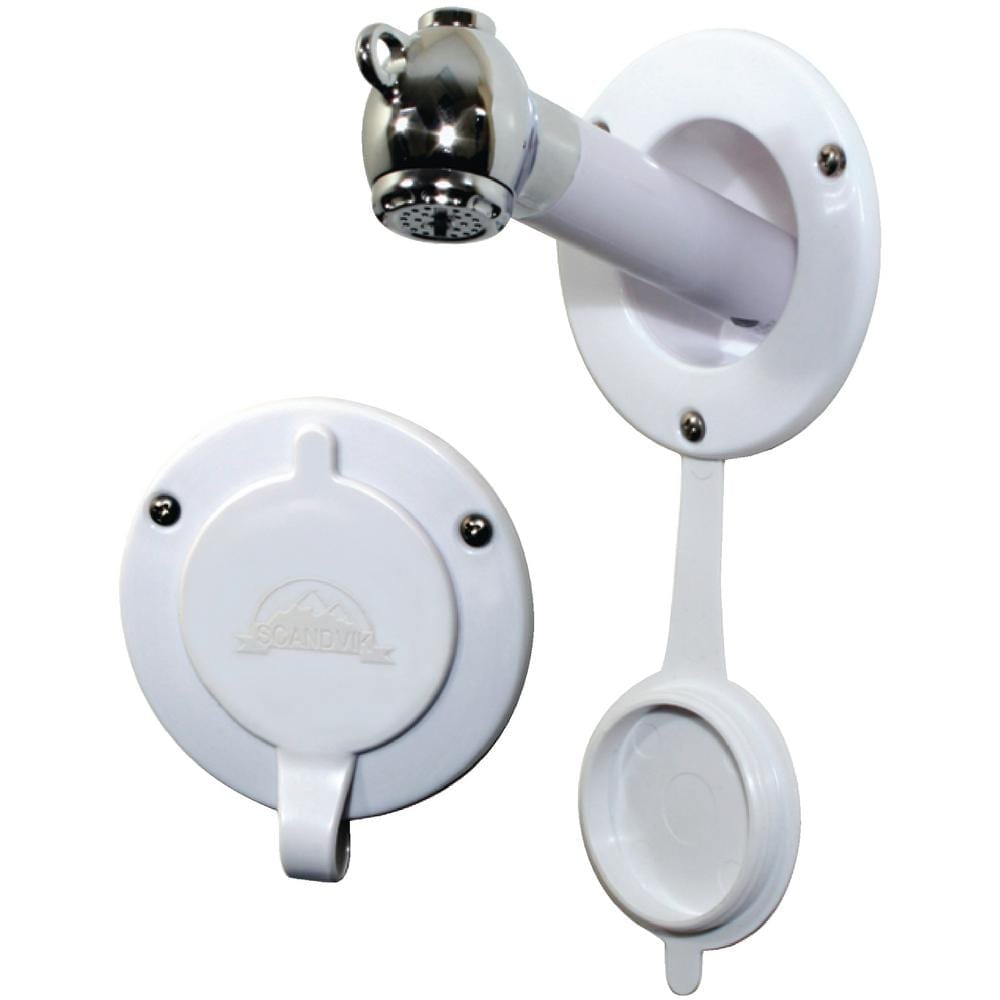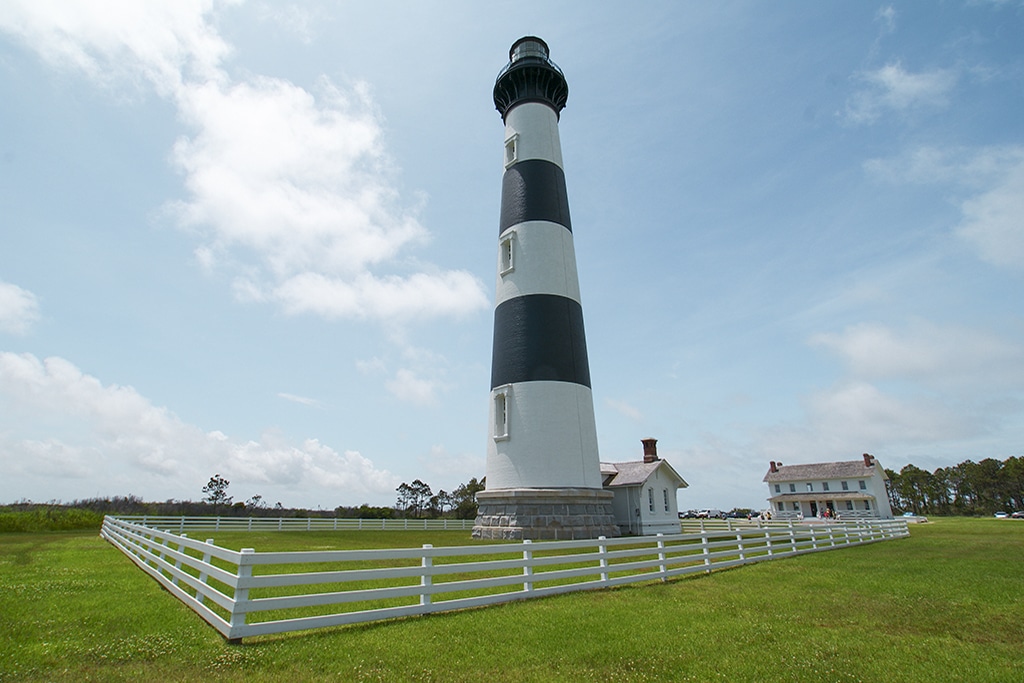Install a transom shower to rinse away the sand, cool off from the hot sun and wash away the salt.
Boating in and of itself is a great time, but everyone knows the fun really begins after arriving at that favorite anchorage. The kids want to go kayaking, the dog wants to swim and hairy Uncle Joe visiting from Jersey wants to go snorkeling (while hopefully avoiding last year’s backward thong fiasco).The downside to all this fun is the salt, sand, and muck tracked on board at the end of the day, that is, unless you have a transom shower.
But if you don’t have one, installing a transom shower is a project that’s within the ability of the average DIYer. Here’s a look at what’s involved and the various options available.
Transom showers can use saltwater or plumb directly into an existing freshwater system as well as provide hot and cold water. Although you can cobble a system together, the simplest way to install a transom shower is by purchasing a kit. Kit parts may vary slightly but at a minimum will contain a recessed enclosure, a showerhead or nozzle (fitted with a length of retractable hose), and valves for hot and cold water control.
The Setup
The installation itself is pretty straightforward; however, as with any project, you’ll want to thoroughly plan out and visualize it prior to beginning. Start by gathering a few basic tools, such as a tape measure, pencil, drill, bits, jigsaw, wrenches, Channellock pliers, screwdrivers, and a hose cutter or sharp knife. As for parts, you’ll need two barbed hose “T” fittings, appropriate lengths of hot and cold water hose (assuming a hot and cold shower installation), stainless steel hose clamps and a tube of marine-grade adhesive sealant such as 3M 5200.
Location, Location
The first decision is to select a location for the shower. Look for a flat surface near the swim platform, transom or cockpit, one with enough depth behind it to accept the shower enclosure and enough room in front to allow the shower enclosure’s lid (if so equipped) to swing open. Double check to make sure you won’t be cutting or drilling into anything unexpected (wiring, hoses, rod holder, etc.).
Choose a location that allows the shower head to reach a convenient height for ease of use (you can verify this by using a piece of line cut the same length as the shower hose), but avoid areas above electrical equipment or other such items that could be damaged by water leaks or drips should they occur. Accessibility to the area (in order to run the hoses) is another consideration.
Mounting
Most shower kits include a template to assist with cutting the hole. You can also make your own by tracing the outline of the enclosure and marking the location of the mounting holes to assist with drilling. Place the template where you want to mount the enclosure, tape it in place and then cut the hole. When cutting and mounting in solid fiberglass, simply apply a bead of sealant around the inside flange of the enclosure to seal out water. If the area is of cored construction (balsa, plywood, etc.), you also want to seal the edges of the hole (thickened epoxy works well) to prevent water intrusion into the coring and the possibility of rot or other core related issues in the future.
Once the hole is cut, dry fit the enclosure, drill the mounting holes and install the mounting hardware to ensure everything fits properly. If adequate access exists behind the enclosure, you can mount it now and connect the water system hoses afterward. If not, you’ll need to plumb the shower prior to mounting.
For our purposes, let’s assume you have plenty of access and want to mount the enclosure first. Start by applying a liberal bead of caulk along the mounting flange. Carefully install the enclosure and tighten the mounting hardware until caulk begins to ooze out, then stop. Most folks want to crank down until whatever they are mounting is tight, but this approach squeezes out most (if not all) of the caulk. A better approach is to snug it up and let the caulk cure. This forms a gasket and provides a better seal.
As a final touch, remove the mounting bolts or screws one at a time and coat the threads liberally with sealant prior to that final tightening.
Plumbing
Once the enclosure is mounted and the shower assembled (normally involves simply connecting the shower head to the hose, which is then screwed into the enclosure), locate the nearest access to the vessel’s hot and cold water system, allowing the shortest, straightest run possible to the new shower.
Once you’ve located a promising spot, turn off and secure power to the water pressure pump. Next, cut the hoses and install the “T” fittings (securing each with stainless steel clamps). Then run the respective hoses back to the shower and support each hose with wire ties and mounts or cushioned stainless-steel clamps every 12 to 16 inches or so. Once everything is connected, power up the water pressure pump and inspect the system for leaks. Now you’re ready to hose down the kids, dog and Uncle Joe with your new transom shower.
By Frank Lanier, Southern Boating
August 2018












